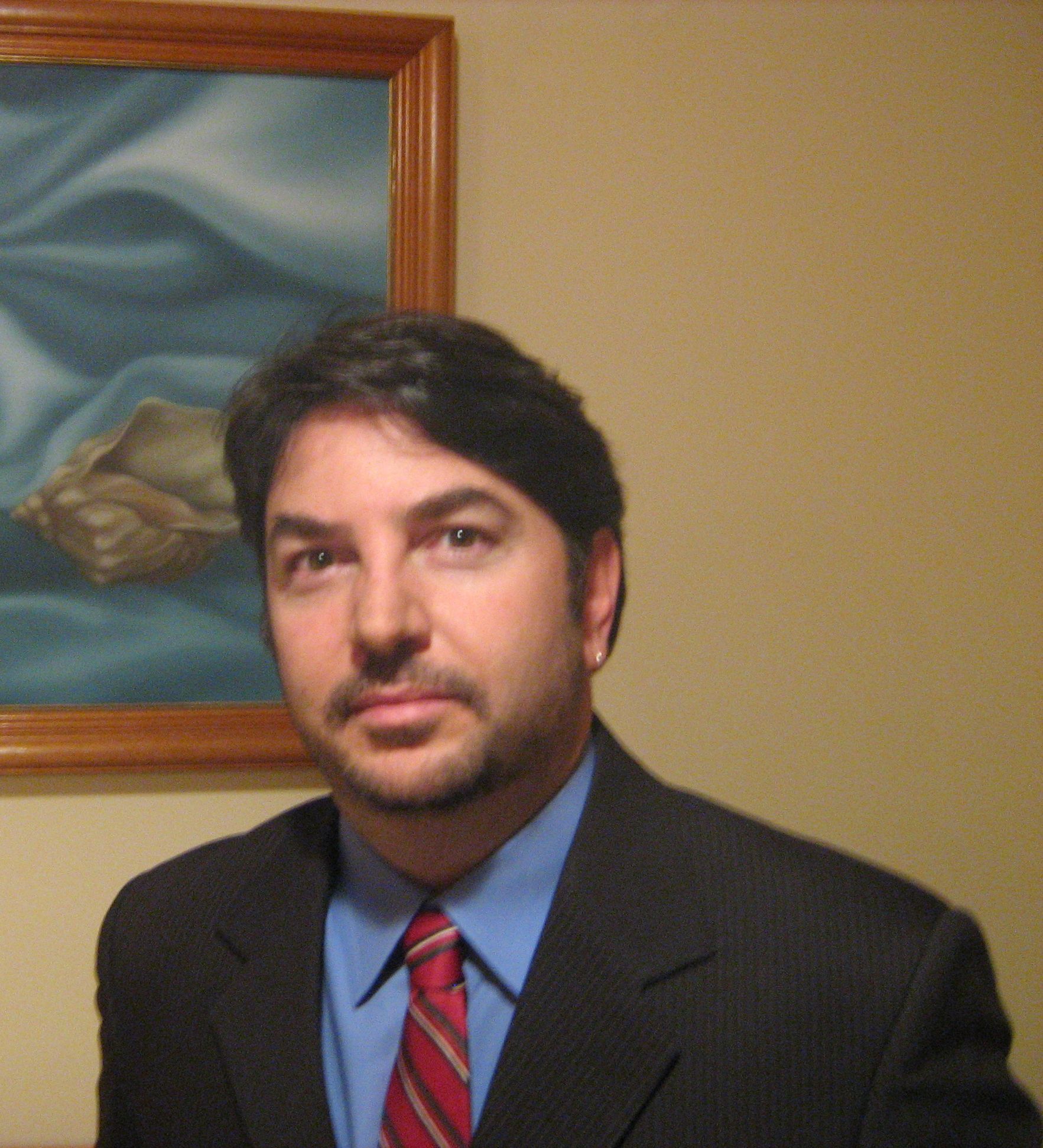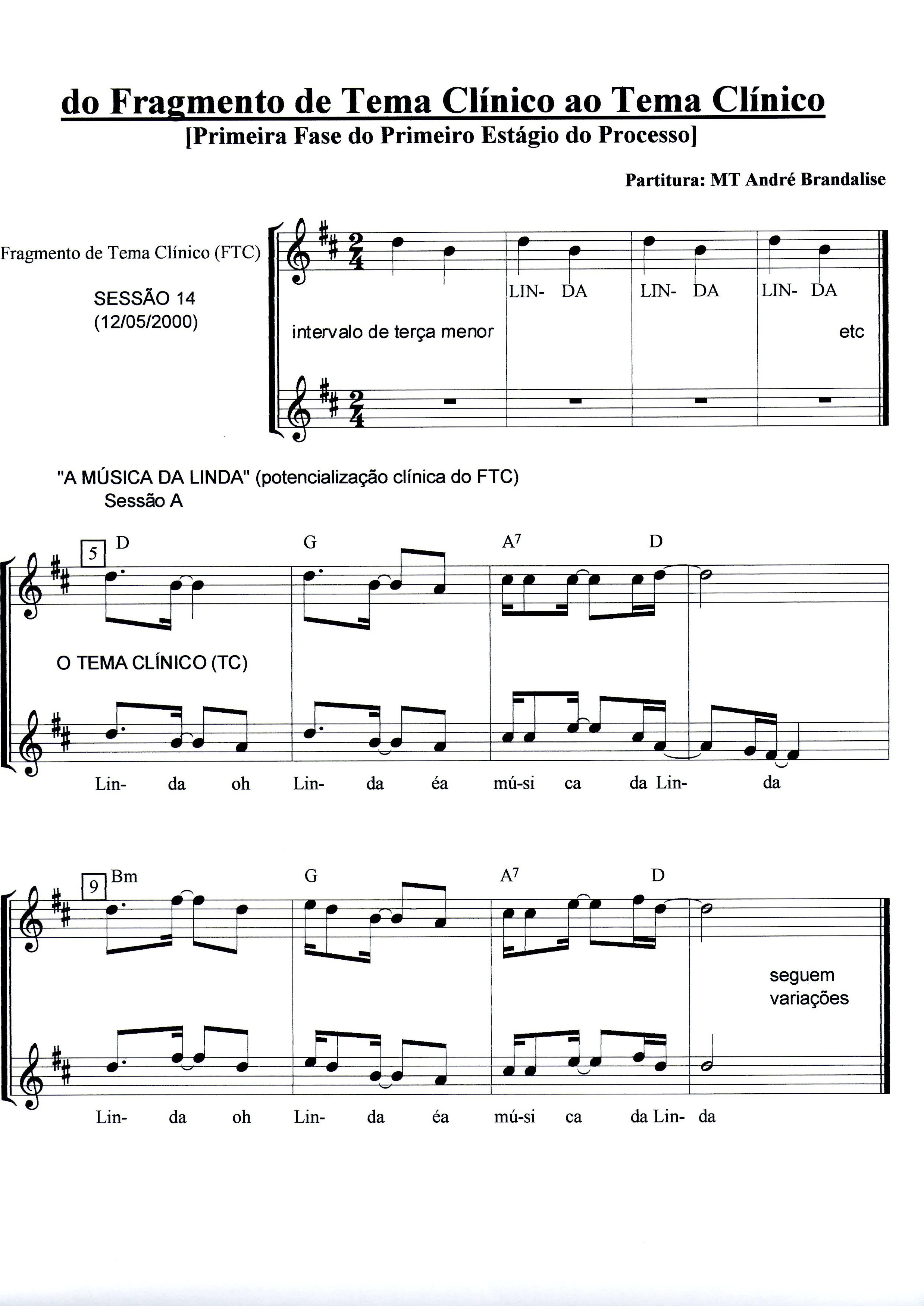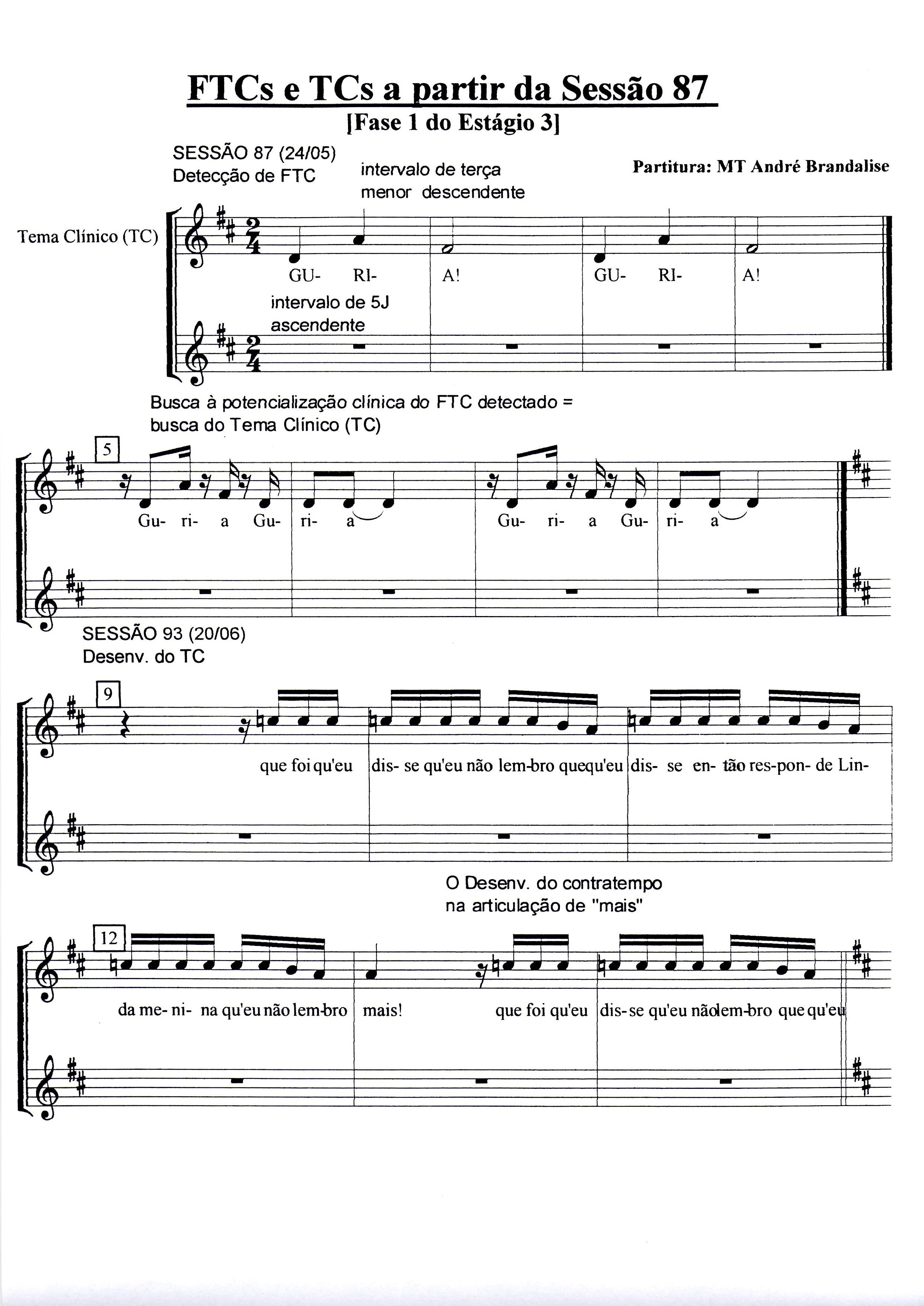Greetings Musicers! Thanks for tuning in to the “guest blogger” series. It’s been a real treat for me to include such wonderful music therapists on this blog.
This next guest post brings an international music-centered perspective on the importance of musical processes in therapy, specifically on the topic of the “clinical theme.” So, that being said, It is my pleasure to introduce my Brazilian brother and fellow music therapist, Andre Brandalise. Andre’s post derives from last week’s Temple University’s Arts & Quality of life Research Conference: Four Models of Music Therapy at Temple University. The conference showcased several music therapy models/tracks, including Music-Centered Music Therapy. I had the pleasure and honor of being one of the music-centered presenters along with Dr. Kenneth Aigen, Michael Viega and Andre Brandalise. Andre introduced the audience to the term “Clinical Theme” within the context of music-centered thinking. Although the term was coined by the late Dr. Clive Robbins, it had never been formally defined in the the Nordoff and Robbins literature. Based on talks with Drs. Clive Robbins and Alan Turry, Andre shares for the first time, his interpretation of the definition and function of the “Clinical Theme” in music therapy. Thank you Andre for sharing this with us!
The Clinical Theme:
Clients Opening their Doors to Musicality
for Relationship, Creativity and Development
André Brandalise, MA
(to my dear friend and esteemed colleague Dr. John Carpente)
In order to explain to people what music therapists do, I generally use a metaphor: we “knock on the doors of our clients’ musicality” asking if they will allow us to enter into their musical world. As music therapists, our primary focus is to provide musical experiences that relate and engage our clients’ musicality. We seek to their musicality with ours. This can also be called the process of relationship, in music therapy, being built within musical experiences.
When our clients allow us to enter through the doors of their musical world they indicate a feeling of safety and confidence in their musical processes. They indicate that they are available for the musical-therapeutic relationship to unfold while expressing their willingness to explore themselves in a different way.
We work in music to knock on musicality’s doors and embrace creativity in order to ask for permission to enter. And from those doors, in music therapy, human health potentials may emerge and clients achieve a different perspective about themselves. A perspective into their inner strengths, challenges and well-being.
“Musicality is not the property of individuals but an essential attribute of the human species. The implication is not that some men are musical while others are not (…). Man is a being predisposed to music and in need of music, a being that for its full realization must express itself in tones and owes it to itself and to the world to produce music.” (Victor Zuckerkandl, 1973, p. 8).
Based on Zuckerkandl’s thought, Queiroz states in his book called Aspectos da música e da musicalidade de Paul Nordoff e suas implicações na prática clínica musicoterapêutica (Aspects of Paul Nordoff’s music and musicality and its implications for the clinical practice of music therapy) that musicality is not only an ability that human beings posses in order to interact with sounds and music, but an ability that we all have which allows us to perceive and be in the world.
All of our clients, regardless of their barriers and challenges, embody the capacity to open the “doors of their musicality” for self-exploration and development. The question, however, is: how do our clients indicate that they are ready to enter into a journey of musical-relationships? And, once indicated, how do we as music therapists understand and foster this process? Clients indicate their readiness for musical connection through the collaborative experience of creating something known as the ‘clinical theme (CT).’
I first learned about the term, ‘clinical theme,’ in 1997 during my internship at the Nordoff-Robbins Center at New York University (NYU). Although there is no published definition of the term, ‘clinical theme,’ my exploration and understanding of it came into fruition after discussions with Drs. Kenneth Aigen, Alan Turry and Clive Robbins. According to Drs. Turry and Robbins[1], a ‘clinical theme’ is a particular reoccurring musical idea that has become or is becoming prominent in the session-to-session flow of a course of therapy because:
1) it provides the client and therapist with a particular mode of coactivity that results in significant developments;
2) is of particular importance to the client and provides him/her with a clinically significant source of security in the therapy process;
3) carries important associations for the client which may help resolve a clinical impasse and;
4) the client identifies positively with content and/or purpose of the coactivity the theme supports.
Clinical themes emerge through musicing within the music therapy process. Musicing is a particular form of intentional human action, consisting of activities that order and strengthen the self (Elliot quoted by Aigen, 2005, p. 65). According to Aigen (2005), it supports a music-centered notion of clinical practice where the musical experience is a legitimate clinical goal.
Music Therapy Vignette # 1: Linda’s first clinical theme (session 16)
Linda was a 9 year old girl with a neurological disability. She was brought to music therapy because her parents noticed her strong connection with music. Due to her condition, Linda was non-verbal and physically unable to walk. Her music therapy process continued over the course of four years. During her 14th, the co-therapist and I were improvising in D major, singing her name (that contains two syllables) using different intervals. We noticed that she responded well to the descendent minor third interval (D to B, illustrated through measures 1 and 2) by smiling, moving her body while socially referencing me throughout the musical experience. In session 15, the co-therapist and I musically intervened in the same manner and Linda responded in the same engaged and related fashion. Linda had indicated to us, through her musical-emotional response, that the melodic interval may be a pathway to deeper musical experiences. So, the next step was to develop a clinical theme that included the minor third interval supporting the sound of the two syllables of her name (illustrated through measures 5 and 6). This became Linda’s first clinical theme.
[1] personal communication, April 2010.
In session 87 the co-therapist and I were improvising using the word “guria” (which means “girl” in English). The first syllable “gu-ri” was introduced by singing an ascending perfect fifth (illustrated in measure 1). This was followed by singing the second syllable, “ri-a”, using a descending minor third (illustrated in measures 2 and 3). Linda again responded in a related and affective manner as we included both intervals (ascending perfect 5th and descending minor 3rd) to create another significant clinical theme that was used to musically engage, support and stimulate (illustrated in measures 5 through 8) .
Linda, then, indicated to us other pathways for musical development as we continued to engage her in a musical process that fostered her ability to relate and communicate in music. She granted us the permission to be with her musically, and allowed herself to self-disclosure and creatively explore new terrain. We knocked on some of Linda’s doors and she opened. So, whenever someone asks me what music therapists do, I tell them: we musically knock on people’s doors asking permission to enter.
References
Aigen, Kenneth. (2005). Music-centered Music Therapy. Gilsum, NH: Barcelona Publishers.
Brandalise, André. (2001). Musicoterapia Músico-centrada. São Paulo, SP: Apontamentos.
Bruscia, Kenneth. (1998). Defining Music Therapy. Gilsum, NH: Barcelona Publishers.
Nordoff, P.; Robbins, Clive (1977). Creative Music Therapy. New York, NY: John Day Company.
Queiroz, Gregório J. P. (2003). Aspectos da Música e da Musicalidade de Paul Nordoff e suas implicações na prática clínica musicoterapêutica. São Paulo, SP: Apontamentos.
Zuckerkandl, Victor. (1976). Man the Musician: Sound and Symbol. Vol. 2. Princeton, NJ: Princeton University Press.
E-mail contact: andre.brandalise@temple.edu
Andre’s Bio:
André Brandalise received his bachelor of music from Universidade Federal do Rio Grande do Sul (UFRGS, Brazil) majoring in classical guitar. He received his specialization in music therapy from Conservatório Brasileiro de Música (CBM-RJ, Brazil). He later went on to complete a Master of Arts degree in Music Therapy from New York University and is currently completing a Ph.D. in Music Therapy from Temple University. He has been a practicing music therapist and clinical supervisor for nearly twenty years and is the founder and owner of the Centro Gaúcho de Musicoterapia (CGM) in Porto Alegre, Brazil, since 1998. In 2003 he organized and chaired the first Brazilian Conference on Music-Centered Music Therapy and co-chaired the second Brazilian Conference on Music-Centered Music therapy in 2008. Brandalise has taught in several music therapy training programs at various Universities in Brazil and co-founded AGAMUSI (Associação Gaúcha de Musicoterapia) in which he was elected President from 1999 until 2003. In addition, he has authored two books: “Musicoterapia Músico-centrada” (Music-Centered Music Therapy, 2001) and “I Jornada Brasileira sobre Musicoterapia Músico-centrada” (1st Brazilian Conference on Music-Centered Music Therapy, 2003) and has published several articles. He has presented his clinical work throughout South America, Europe and the United States. Brandalise is an award winning composer and arranger and has performed his works throughout Brazil.




This is really a great article! Thank you for
sharing this excellent information!
Illness can seriously affect the functioning of this system in the music therapy process.